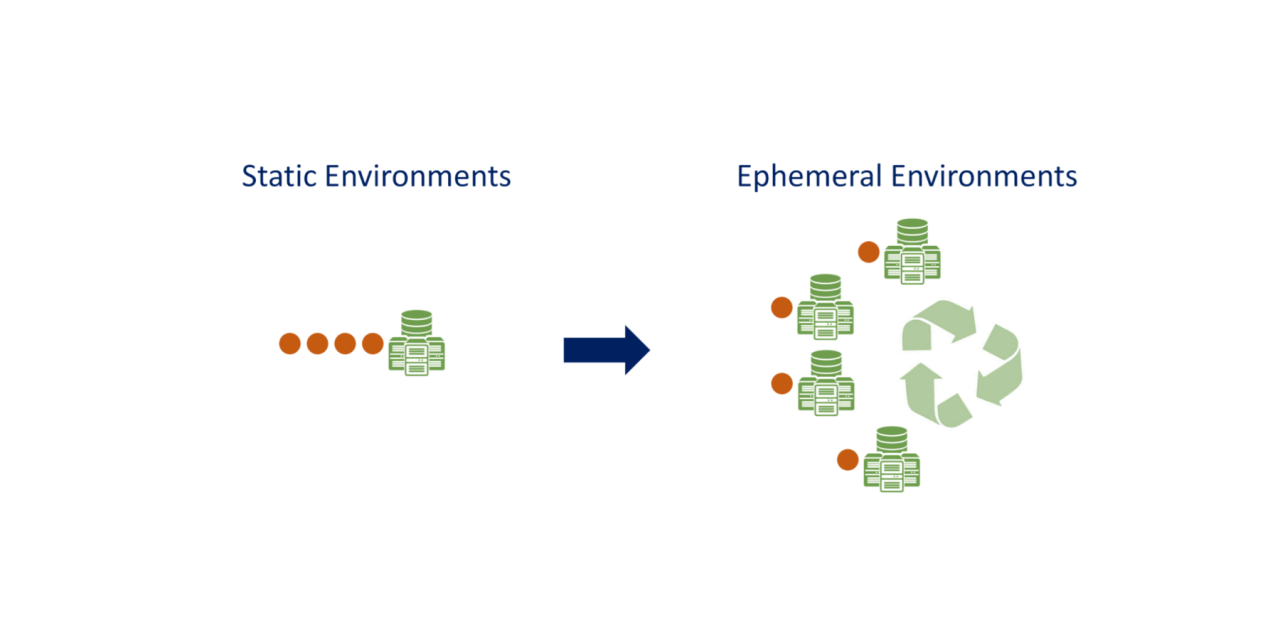By: Mark Lewis, SVP Sales and Marketing
Cloud is a significant lever in the digital transformation re-engineering of any enterprise. Many companies, big and small, can become agile and competitive through the flexibility, scalability, and pay-as-you-go affordability of a cloud model.
Deloitte has reported in its recent tracking of cloud spends that growth in this area is continuing with solid momentum. The reasons for the continued uptick in demand for the cloud are COVID-19, lockdowns, and Work from Anywhere (WFA) trends. It is expected that the growth will remain at or above 2019 levels (that is, greater than 30 percent) for 2021 through 2025 as companies shift to the cloud for garnering savings in money, agility, and innovation. According to a Mordor Intelligence report, the key drivers for migrating to the cloud are scalability, increased effectiveness, faster implementation, mobility, and disaster recovery.
But a successful migration to the cloud is a critical determinant in achieving the advantages that the Cloud offers. Without timely, well-planned, comprehensive, and effective migration, even the best investments in the cloud may not yield the full benefits of the cloud.
Top myths associated with cloud migration
Here are a few top myths that usually worry organizations when they consider moving to the cloud.
- Myth #1 Inadequate workload coverage: It is very easy for a transition phase to skip some workloads or data essential for the organization’s business continuity aspects.
- Myth #2 Security burden: It is considered that a poor migration can result in vulnerabilities. The risk exposure increases with when a migration to the cloud is poorly executed.
- Myth #3 Time and cost hassles: Most migrations consume a lot of time and are costly.
- Myth #4 Downtime is a given: Interruptions, latency, and blackouts are side effects of moving a business to the cloud.
Get prepared
Migration can be a challenging phase of any cloud adoption journey, so companies should not assume that every migration is smooth. But not all migrations suffer from costs, delays, and surprises. The key to a successful migration to the cloud is to understand how to manage it without losing sight of the business goals for your cloud migration.
1. Plan your cloud strategy in a balanced, objective, and methodical way. Determine what data, workloads, and processes must be provisioned – what will be moved over to the cloud environment and which ones will stay in the existing environment? Once this is clear, confusion and chaos can be avoided in the later stages of the migration.
2. Have a fool-proof data contingency and a backup plan. Do not jump into migration without getting necessary measures and resources in place to fall back on. Pick an expert who can help without leading to redundancies and extra costs.
3. Migrate with on business uptime and security. Use solutions and consultants that help you do this in the right balance. Do not rush or skip the necessary steps. Migrating to the cloud is not easy so be prepared.
4. Adapt your migration strategy according to the cloud model you have opted for. Circumstances, recovery, backup, and roll out is different in a public cloud than a private cloud. All this can be a little complex in a hybrid cloud.
5. Ensure that you and the cloud provider are transparent in ownership of data, SLAs for cloud failures, and accountability areas from the very onset. In a multi-cloud scenario, you will have to be clear about each provider’s responsibility and accountability for their respective data control and process.
6. Avoid duplicate and hidden costs by using cloud calculators and tools. Also, use migration as an opportunity for innovation and getting the most from your investment of moving to the cloud.
7. Acknowledge each cloud migration is different Like the Mordor Intelligence report highlights – apart from the standard model of data transfer and applications from a local, on-premises data center to the public cloud, there are other models. Like moving data and applications from one cloud platform or provider to another, also called the cloud-to-cloud migration.
Like the Deloitte report states, cloud migration was already often complex in a pre-pandemic scenario. Even a single application could be tied to many business processes, impacting multiple balance sheets, stakeholders, and compliance rules because each one could have different motives and expectations from the migration. This could easily be a situation full of conflicting goals, broken dependencies, and overspending. And now, in the post-pandemic phase, these areas are likely to be even more challenging. Be disruptive but without interrupting your business during the migration process.
Cloud migration is just like moving from one house to another. Leave what is unnecessary. Pack your china in boxes labeled well as ‘fragile’. Pack the oversized items in different cartons. You need to be sure every box is labeled well and easy to organize once you reach the new environment. You also must unpack with as much care and caution as you did when you were packing up for the move. Apply the same mindset. Employ the services right movers and packers, and enjoy the new beginning.



